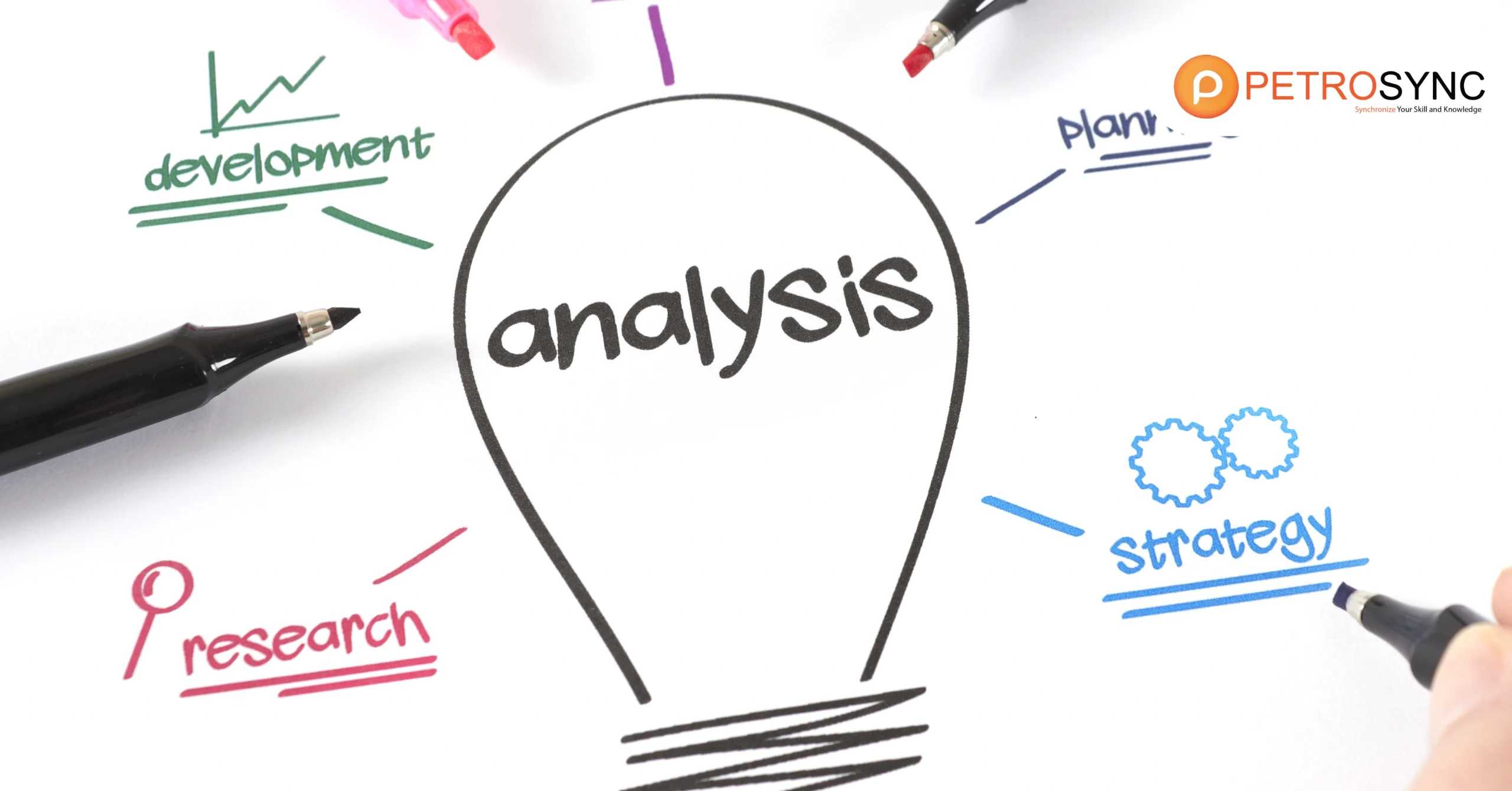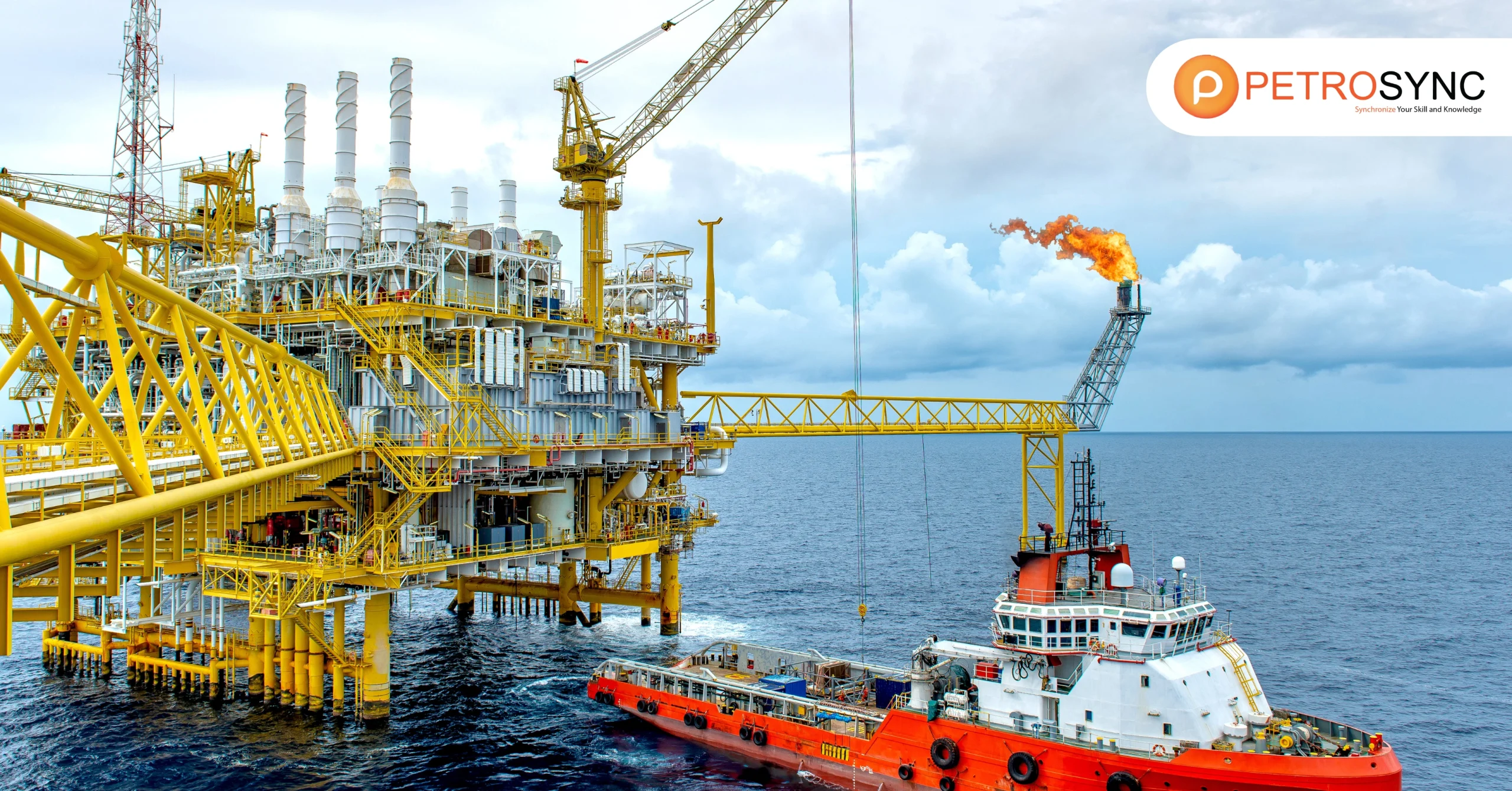In the realm of engineering, the latest edition of ASME B31.3 sets the bar for standards in piping systems. Piping testing plays a pivotal role in ensuring compliance with these rigorous regulations. From pressure assessments to leak detection, this article explores the essential role of piping testing in upholding the integrity of engineering systems, aligning seamlessly with the advancements outlined in the ASME B31.3 latest edition.
What Is ASME B31.3?
ASME B31.3 outlines the standards for pipes commonly used in various industries, including petroleum refineries, chemical and pharmaceutical plants, power generation facilities, etc. It provides guidelines for the design, construction, and maintenance of piping systems in these settings, ensuring they meet specific requirements for safety and efficiency.
Whether it’s in a chemical plant, a power station, or any facility using pipes, ASME B31.3 helps ensure that the lines are designed and installed correctly to prevent issues and keep everything running smoothly. It covers aspects like materials, pressure, temperature, and inspection to ensure that the piping systems meet high standards for performance and safety.
How Many Updated Versions of ASME B31.3 Since The First Launch?
The B31.3 American National Standard is a component of the B31 Piping Codes, comprising a series of standards. Originally known as the ‘American Tentative Standard Code for Pressure Piping’ and published in 1935, it underwent updates from 1942 to 1955, eventually becoming the American Standard Code for Pressure Piping.
Here are the four most recent updates to ASME B31.3
1. ASME B31.3• 2016 (Changes from The 2014 Code)
|
Major Changes in the 2016 ASME B31.3 Code |
| 1. Guidance on Severe Cyclic Conditions
Conditions requiring construction to better resist fatigue loading. |
| 2. Unit Flexibility for Compliance
MPa (megapascal) or ksi (kilopound per square inch) units are now acceptable. |
| 3. New Section for Expansion Joints |
| 4. Consideration of Bolted Flanged Joints
Assembly requirements and qualifications added in engineering design. |
| 5. Addition of Ultrasonic Examination Criteria |
| 6. Revised Definition for Category M Fluid Service |
| 7. Exemption from Leak Testing for Threaded and Tubing Joints |
| 8. Introduction of Vacuum Leak Testing
An alternative to the internal pressure method. |
| 9. Insulation Coverage during Leak Testing
Certain joints can now be covered during testing. |
| 10. Testing Flexibility for Pipe and Components
Testing allowed either separately or as assembled piping. |
2. ASME B31.3•2018 (Changes from The 2016 Edition)
|
Major Changes in ASME B31.3-2018 |
| 1. Clarification on Owner’s Responsibilities
The owner can appoint a representative, but the owner is ultimately responsible. |
| 2. Focus of Standard
Developed for piping in processing plants across various industries. |
| 3. New Definitions
Added for owner, readily accessible, and representative. |
| 4. Additional Vibration Impact Sources
External vortex shedding and acoustically induced vibration included. |
| 5. Altered Rules for Piping Components
Changes in the use of components not listed in Table 326.1. |
| 6. Introduction of Weld Joint Strength Reduction Factor
Factor W added for pressure and temperature variations. |
| 7. Expanded Table 302.3.5
Added a row for Carbon Steel. |
| 8. Changes in Section 311.2
Removal of paragraphs on specific welds. |
| 9. Updated Table 314.2.1
Now the “Minimum Schedule of Components With External Threads.” |
| 10. Inclusion of ASME B18.31.2
Listed under “Component Standards” for specific bolts. |
| 11. Revision of Chapter IX Scope
Significant changes in the scope of “High Pressure Piping.” |
| 12. New Text on Fatigue Analysis
Added for unlisted high-pressure piping components. |
| 13. Clarification on Term “Pipe”
“Pipe” excludes “tube” or “tubing” in section K314. |
| 14. Guidelines for Flared End Tubing Joints
Added in K315, “Tubing Joints.” |
| 15. Addition of Section K320
Introduction of “Analysis of Sustained Loads.” |
| 16. Update in Section K326.4
Emphasis on the owner’s approval for repairing piping components by welding. |
| 17. Addition of Table C-6M
“Moduli of Elasticity for Metals (SI Units).” |
| 18. New Section F300.1.4
Examples of rounding for piping in service. |
| 19. Inclusions in Appendix F
General statements added in “Guidance and Precautionary Considerations.” |
| 20. Introduction of Appendices W and Z
W for “High-Cycle Fatigue Assessment” and Z for “Preparation of Technical Inquiries.” |
3. ASME B31.3•2020 (Changes from The 2018 Edition)
|
Major Changes in ASME B31.3-2020 |
| 1. Expansion of Code Introduction
Specifies standards for examination, inspection, and testing of piping. |
| 2. Inclusion of Dual Units
Code text now provides measurements in both SI and US Customary units. |
| 3. Clarification on Service Junction Ratings
Requirements clarified for ratings at the junction of different services. |
| 4. Clarification on Occasional Load Stress Limits
Clear limits established for stress due to occasional loads like winds and earthquakes. |
| 5. Expansion of Flexibility Information
Information on flexibility and stress intensification factors has been expanded. |
| 6. Complete Revision of Table 326.1
Complete overhaul of “Component Standards” in Table 326.1. |
| 7. Alternative Preheating Option
ASME B31P acknowledged as an alternative for preheating rules. |
| 8. Enhanced Support Requirements
Significant expansion of support requirements for specific types of piping. |
| 9. Fluid Service Requirements
Expanded requirements for valves and specialty components, including listed and unlisted valves. |
| 10. Full Revision of Chapter IX Scope
Complete revision of the scope for “High Pressure Piping” in Chapter IX. |
| 11. Complete Revision of Temperature Limits
Full revision of lower temperature limits for listed materials. |
| 12. Significant Expansion of Welding Responsibility
Clarification of the employer’s responsibility for welding and qualification tests. |
| 13. Addition of End Preparations
Inclusion of information on end preparations. |
| 14. Deletion of Appendix D
Removal of “Flexibility and Stress Intensification Factors” from the 2018 edition. |
| 15. Full Revision of Appendix E
Complete overhaul of “Reference Standards” in Appendix E. |
| 16. Addition of Design Criteria in Appendix F
Inclusion of design criteria in “Guidance and Precautionary Considerations” (Appendix F). |
| 17. Addition of Plastics Bonding in Appendix F
Introduction of information on the bonding of plastics in Appendix F. |
What Updates Contained in The Latest Version of ASME B31.3?
|
Major Changes in ASME B31.3-2022 |
| 1. New Definitions
Construction, designated lot, COW pipe, postweld hydrogen bakeout, and set pressure added; additional revisions made. |
| 2. Specific Requirements for Double Seated Valves
Addition of requirements tailored for double seated valves. |
| 3. Complete Revision of Table 323.2.2A
Full overhaul of “Tabular Values for Minimum Temperatures Without Impact Testing for Carbon Steel Materials.” |
| 4. Updated Welding Requirements
Inclusion of conditions when peening is prohibited in welding processes. |
| 5. Clarification on Postweld Hydrogen Bakeout
Clarification on temperature for postweld hydrogen bakeout procedures. |
| 6. Clarification on Progressive Sampling
Added clarification regarding progressive sampling for examination processes. |
| 7. Addressing Supports for Nonmetal-Lined Piping
Inclusion of support guidelines for piping lined with nonmetals in Part 5, “Flexibility and Support.” |
| 8. Complete Revision of Table K341.3.2
Full revision of “Acceptance Criteria for Welds” in Table K341.3.2. |
| 9. Addition to Appendix F
Information added to Appendix F, including piping flexibility, examination requirements, and loads due to temperature gradients. |
In the dynamic field of piping, keeping yourself informed about the ASME B31.3 latest edition standard is crucial. This standard is regularly updated to incorporate advancements and improvements that are vital for ensuring the safety, reliability, and efficiency of piping systems. Staying current with these revisions is not just about compliance; it’s a strategic investment in maintaining high standards in engineering practices.
By embracing the ASME B31.3 latest edition, professionals and organizations contribute to the longevity and effectiveness of piping installations, fostering a culture of excellence and innovation in the ever-evolving landscape of piping engineering.
If you want to stay current with the ASME B31.3 standard in the piping industry, consider joining PetroSync training. PetroSync offers comprehensive training programs covering the latest standards in the field. By participating in PetroSync’s courses, you can enhance your understanding of ASME B31.3 updates, ensuring you remain well-informed about the industry’s best practices and advancements. Join PetroSync ASME B31.3 training to stay ahead in the dynamic world of piping engineering.

SEO specialist by day, fact-checker by night. An avid reader and content writer dedicated to delivering accurate and engaging articles through research and credible sources.







